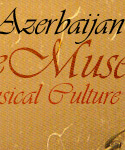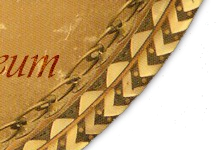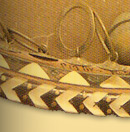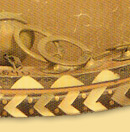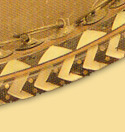Tulum

Listen

|
The tulum is a leather wind instrument that used to be quite widespread in
Azerbaijan, mainly in Karabakh, Lachin, Gazakh, Tovuz and Nakhchivan (photo).
Now it can be found mainly in the Nakhchivan Autonomous Republic. Just like the
other wind instruments, the tulum dates to ancient times. Scholars attribute the
tulum’s appearance to the beginning of class society. A number of versions of
this instrument were widely used under various names by the peoples of the
Caucasus and by some nations in the West. The tulum was especially popular among
nomadic tribes engaged in cattle and sheep-herding.
Since the instrument has a timbre that is similar to that of the zurna, it is
also called a tulum zurna”. The tulum is made of goatskin or sheepskin that has
been tanned and softened in a special way. The skin is stripped from the animal
as a whole piece. The skin of two legs is tied together. One of the other two
leg parts is used for filling the instrument with air by means of an attached
pipe, made of bone or reed, with a plug in the mouth. A pair of tubes are
attached to the other leg part. The tubes, which are used for playing the
instrument, are 260-280 mm and have seven apertures. The player holds the
instrument under the left elbow, then slightly presses the bag filled with air
and forces the air to pass through the tubes. By opening and closing the
apertures with the fingers of both hands, he produces sounds of the desired
pitch. The first tube is used for producing the melody, and the second one is
for holding the tonic (keynote).
|

